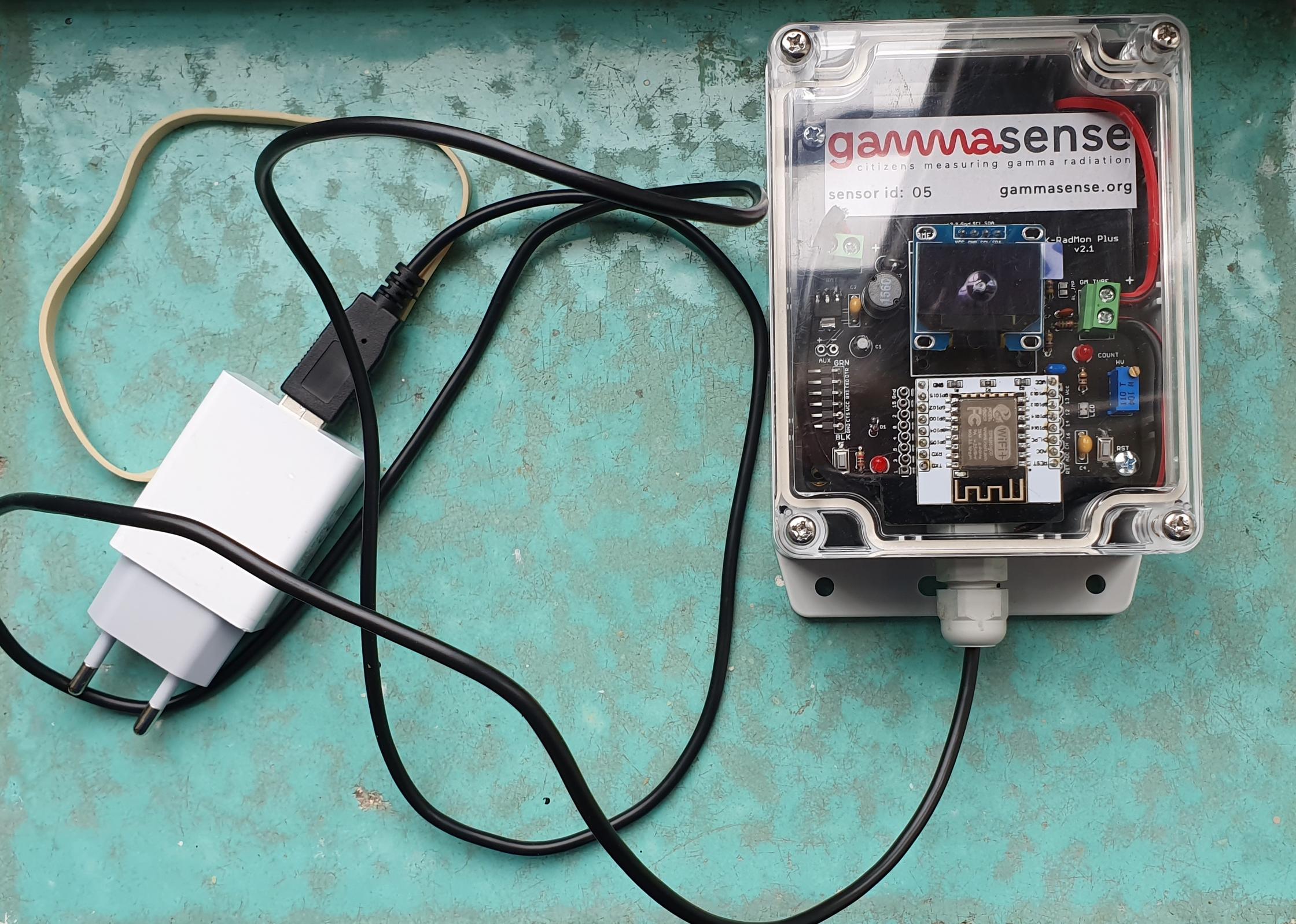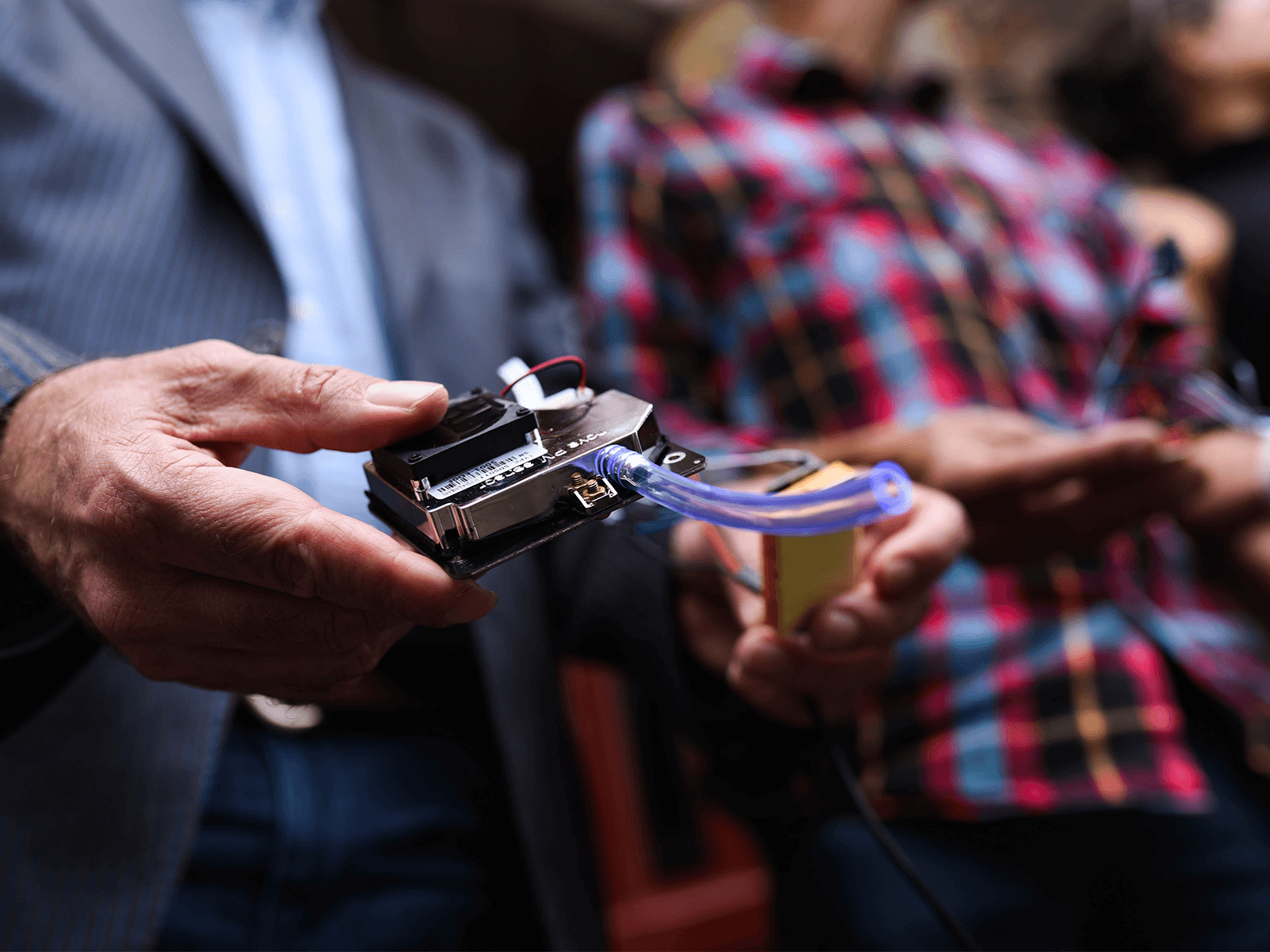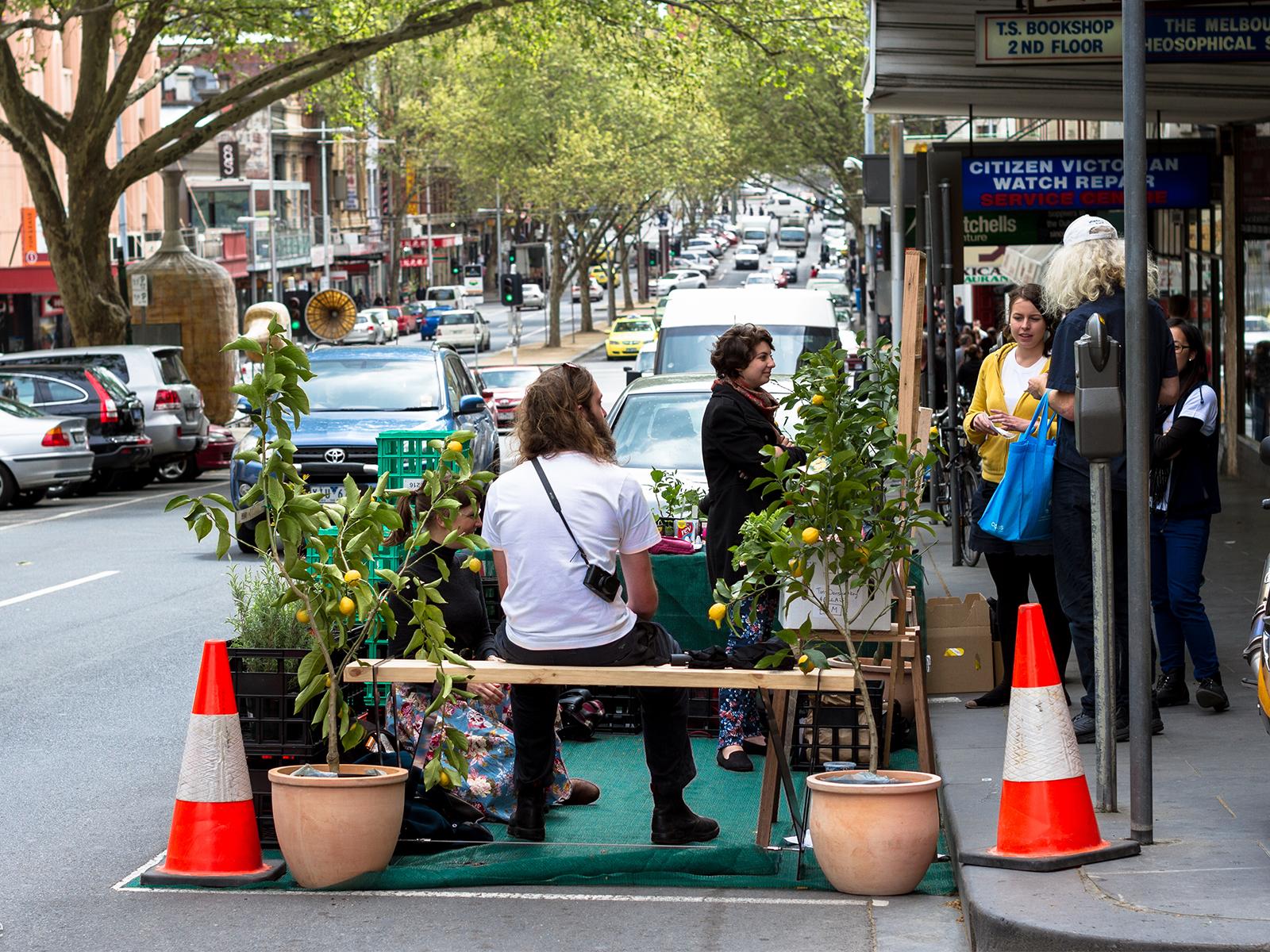Measurements on the map
Green cones light up across the country on the map on the GammaSense website. These are the sensors that, since October, provide an hourly measurement of the local radiation level (average value per hour). The sensors are located at the homes of participants of the GammaSense project, who received a sensor during the launch last month. The map also shows the locations of nuclear reactors in the Netherlands and neighbouring countries. A green mark indicates a closed facility, the red mark stands for a nuclear reactor that is active.
These active reactors form the motivation behind the project. With the nuclear disaster in Chernobyl in 1986 - recently filmed for the HBO series Chernobyl - and the Fukushima nuclear disaster in 2011 in our collective memory, nuclear energy and the risks it entails are a social and sometimes controversial theme. In particular, citizens who live in the vicinity of a nuclear reactor want to be aware of radiation levels. GammaSense makes it possible to measure gamma radiation from radioactive substances and makes this information accessible through an online platform.

In the past months, the Waag technical team has started working on sensor testing. Which sensor is cheaply available and is sensitive enough to give precise measurements? The CMOS sensor in mobile devices was considered as an option, but proved to be too insensitive to measure low radiation values. In the end, a Geiger-Müller tube from the Soviet era turned out to be very suitable because of its robustness, reliability and low price. In combination with an open-source hardware kit, it became possible to build a cheap, but reliable measuring device.
The workshop
Participants from all over the country were present during the launch, organized at WISE. They learned how to measure gamma radiation with the sensors and were introduced to the online platform on which their data can be viewed.
At home, participants can hang the sensors outside (1 meter above street level) and connect it to their own Wi-Fi network. From that moment on, the sensors send the radiation level to the GammaSense database once every hour. The privacy of participants is guaranteed, because the data is not linked to personal data.

Addition to professional measurements
Measuring gamma radiation is of course not new. The RIVM also measures radiation via official measuring points throughout the country. But by adding more measuring points, it is possible to create a more complete picture of the situation in the Netherlands. In addition, citizen measurements provide participants with direct insight into the radiation levels in their neighbourhood. Any local fluctuations can be noticed quickly.
The RIVM is very interested in the citizen measurement network and cheap sensor technology. The data from GammaSense is therefore not only presented on the GammaSense website, but is also send to the RIVM database. By comparing the data from the cheap DIY sensors with the professional, calibrated sensors from the RIVM, we can test the reliability of the cheap sensors during this one-year pilot. This makes it possible to build up accurate sensor networks in the future, even in countries that do not have such a reliable network as RIVM offers in the Netherlands.
Next steps
In the coming period we will see whether the sensors provide reliable and accurate data and are suitable for setting up a large-scale citizen measurement network. More sensors are also being distributed. Researchers from the Freudenthal Institute at Utrecht University will work with students at schools and WISE will soon be organising workshops in Limburg and Zeeland for those who want to know more about the project. In the end, 50 measuring devices will be installed throughout the Netherlands.

In the future, the intention is to further expand the network; in the Netherlands and abroad. For example, we are working on setting up a community of people who measure radiation. If all goes well, we will not register any exceptional measurements. In the case of gamma radiation, the intention is to register values that are as stable and as low as possible. But the network makes it possible to observe any changes in radiation levels at an early stage.
Do you want to get started with the sensors yourself? The materials for the sensor can be ordered online. GammaSense is a collaboration between Waag, WISE and RIVM.


